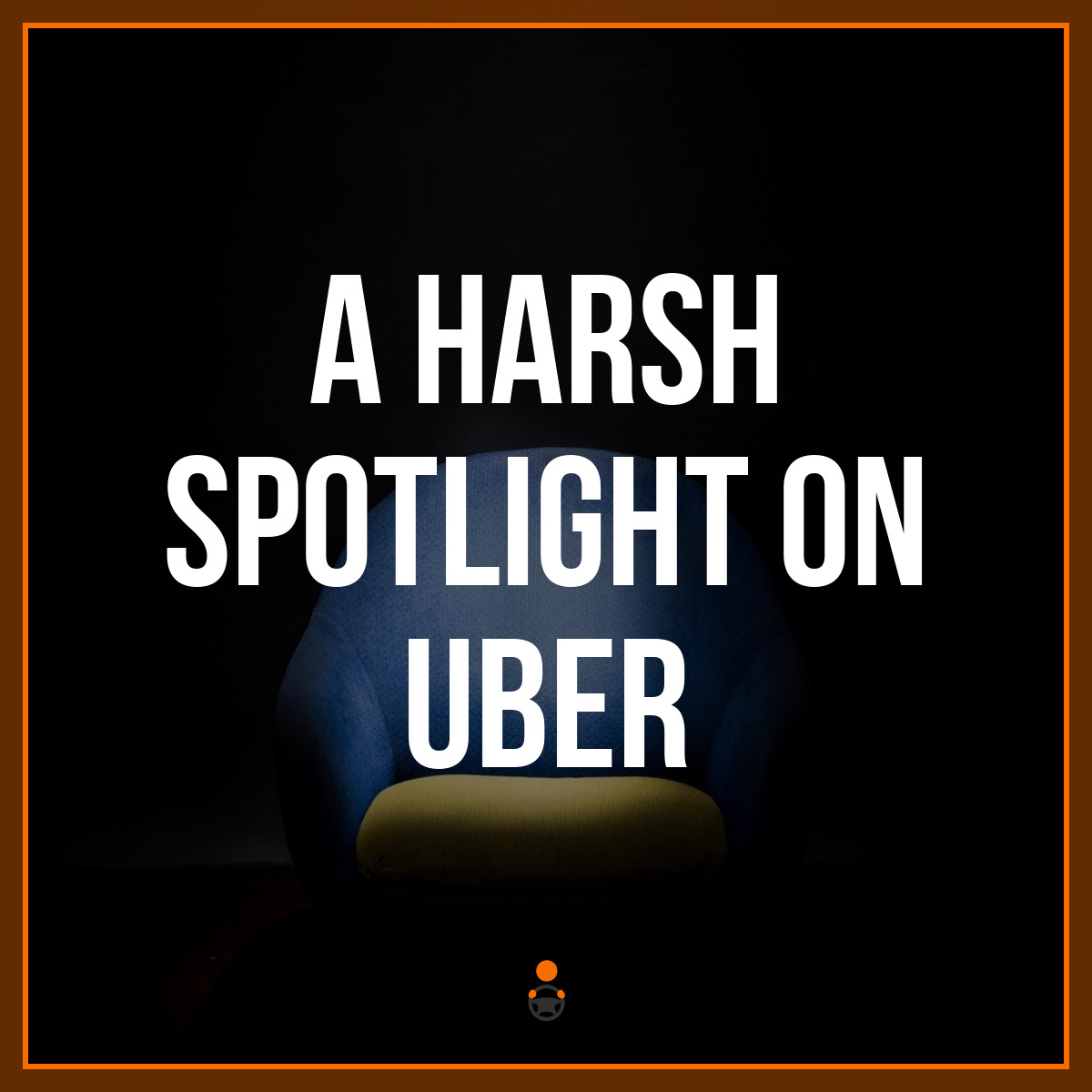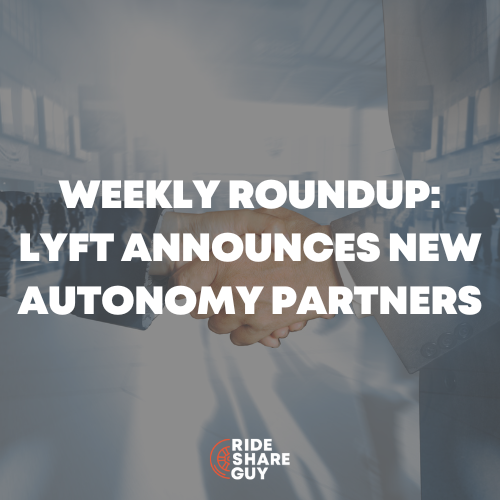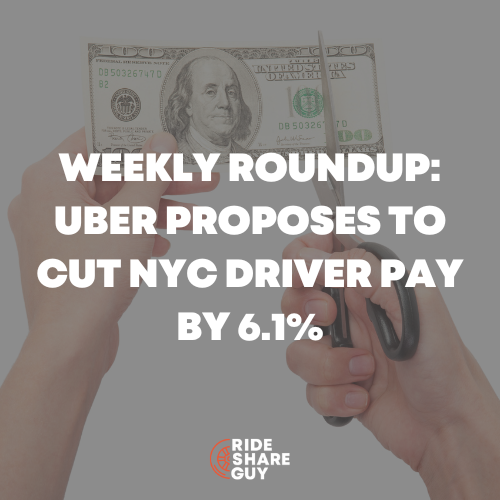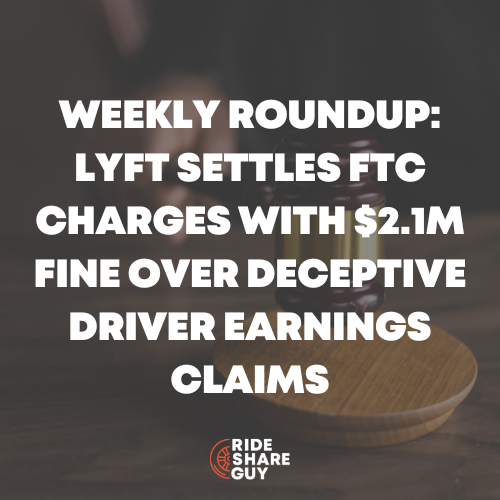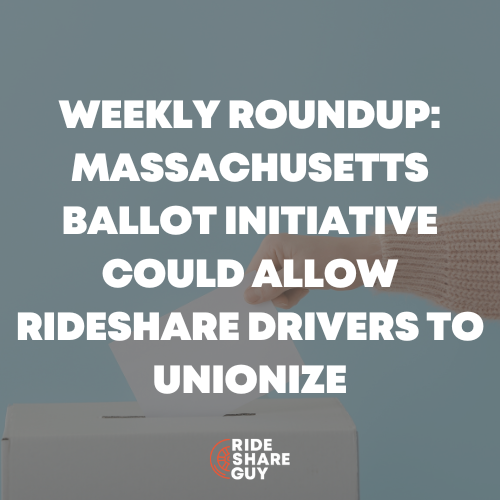The spotlight is all on Uber this week, from its first day of trading on Friday to the strike (against Uber and Lyft on Thursday) and more. Senior RSG contributor John Ince covers Uber’s trading news, plus who is controlling the narrative nowadays, in this week’s round up.
Uber’s Stock Disappoints, Capping a Rocky Path to Its I.P.O. [New York Times]
Sum and Substance: Over the past decade, Uber changed urban transportation, disrupted entrenched taxi industries, defied regulators the world over and beat back questions about how it was altering the nature of work.
On Friday, it was tamed by Wall Street.
The ride-hailing giant’s first day of trading on the New York Stock Exchange began with a drop of almost 7 percent from its initial public offering price of $45. Uber raised $8.1 billion and its I.P.O. valuation of $82.4 billion made it one of the most valuable companies to go public in the United States, but that was far less lofty than had been anticipated before it began pitching its shares to investors.
… Few firms of Uber’s stature have stumbled so badly out of the gate as a public company. Other well-known tech brands, from Facebook to Snap to Alibaba to Lyft, all rose in their initial trades. In general, tech stocks have jumped — or “popped” in Wall Street parlance — an average of 21 percent on their first day of trading over the past 24 years, according to Dealogic.
Uber and its bankers appeared to have misjudged how much the company’s stock would be embraced by investors. Last year, bankers said Uber could be valued at $120 billion upon I.P.O., which would have made it the biggest American company ever to go public on an American stock exchange. But that number declined in recent weeks amid questions about whether the deeply unprofitable company could make money. That was compounded by the performance of rival Lyft, which went public in March and quickly fell below its I.P.O. price, and which posted a massive first-quarter loss this week.
Uber’s debut was also marred by a volatile stock market. On Friday, the S&P 500 index was on track for its fifth consecutive daily decline and its worst weekly performance of the year amid worsening trade tensions between the United States and China….
… Mr. Khosrowshahi has not fully explained how Uber plans to eventually turn a profit. But he frequently compares the company to Amazon, the e-commerce giant that lost money for years as it diversified into other businesses before using its platform to turn a profit.
“What began as ‘tap a button, get a ride,’ has become something much more profound,” Mr. Khosrowshahi said in Uber’s paperwork to go public.
My Take: For those of us who have been sounding the alarm about Uber’s valuation, this is no surprise. If someone sees the company from the perspective of those who are there on the ground doing the heavy lifting for this company, it’s difficult to see where more money can be squeezed from drivers without causing even greater levels of churn – already a worrisome issue for the company and investors. The ability of drivers to capture media attention with strikes across the U.S. is now another factor in this mix. But for the early investors who can cash out as soon as the lockup period ends, even this disappointing debut on the public trading markets still represents an astounding triumph.
Let me ask you a simple question. Would you be happy with a 10,000 x return on your investment in a little over a decade? I think so. That’s why even this disappointment is a grand day to celebrate for a select few.
The Uber driver strike isn’t about hindering Uber — it’s about stealing the narrative [The Verge]
Sum and Substance: Drivers went on strike Wednesday, two days before Uber’s much-anticipated IPO. What’s with the timing?
On May 8th, ride-hail drivers in cities across the US went on strike to protest unfair pay, poor working conditions, and a lack of transparency from Uber. The strike, which was timed to coincide with Uber’s much-anticipated IPO, generated headlines in all the major newspapers, but it’s unclear whether those reports really grasped what was happening. This isn’t a strike in the traditional sense: it’s public relations…
Even so, it seems pretty clear that shutting down Uber and Lyft was never really the goal. Instead, organizers wanted to hijack Uber’s pre-IPO narrative. And so far they’ve been incredibly successful, all but guaranteeing that every news story published this week about the ride-hail company’s public offering will include mention of the strike…
…If the point is to send a message, but not necessarily to Uber, then who are the drivers targeting? Los Angeles Times reporter Johana Bhuiyan argues that drivers are directing their anger toward legislators, who can take action by raising wages, capping commissions, and forcing Uber to come clean on costs and pay.
“I think it’s going to be left up to legislators to step in and actually say, ‘No, you have to treat your workers fairly regardless of how you classify them,’” Rebecca Stack Martinez, an Uber and Lyft driver who is helping to organize a strike in San Francisco, told Bhuiyan.
There are early signs that the message is being received. Vermont Senator Bernie Sanders published an op-ed in the San Francisco Chronicle today declaring his support for the striking drivers and lambasting the Trump administration for providing cover for gig economy companies like Uber.
… On the eve of its transition to a public company, Uber’s executives are more likely to be worried about their rival Lyft’s first earnings report than the driver strike. Lyft went public at the end of March, only to watch its stock price drop in the weeks that followed. Lyft shares dropped 7 percent on Wednesday and were on track for their lowest close ever after the company reported losing $1.1 billion in its first-quarter earnings late Tuesday.
Drivers protested Lyft’s IPO, too, but it wasn’t their collective action that depressed the company’s share price. Like Lyft, Uber is a deeply unprofitable company that loses money on every trip it performs. And there isn’t a clear plan to turn that around aside from driverless cars, which are decades away from becoming viable.
The driver strike is sucking up all the oxygen right now. In two days, those angry protests will be replaced by the ringing of the bell at the New York Stock Exchange and a round of applause as Uber’s stock makes its big debut. And then the real fun begins.
My Take: I have a feeling that this strike’s effects will be different from the effects of other strikes. I strongly doubt that Uber’s executive team is losing much sleep over the practical effects of the driver’s strike. I doubt they’ll even give a second thought to lost revenue from the driver’s strike. But I’ll bet the intensive media coverage of this drivers’ strike is also striking fear in Uber’s Market Street headquarters.
Much of what plays itself out in the ongoing struggle between labor and management is actually about controlling the narrative. For the preponderance of Uber’s business life,they’ve been able to control that narrative, but recent events have put that control in jeopardy. If drivers can get the media locked in on their concerns, the low pay, the lack of benefits or protections, then the drivers have clout in Uber’s executive offices. Why? Because consumers of the media are also consumers of the service Uber offers.
Uber’s Arbitration Addiction Could Be Death by 60,000 Cuts [Bloomberg]
Sum and Substance: For Uber Technologies Inc., using legal arbitration to deal with driver compensation complaints — over anything from pay to overtime to mileage reimbursement — seemed like the smart play: it would preclude costly class-action litigation, it was private, and few drivers would go to the trouble.
That may have been a miscalculation. As the ride-hailing giant prepares to go public this week, in a listing that could value Uber at almost $84 billion, the number of U.S. drivers who have filed arbitration demands against Uber has swelled to more than 60,000, according to the company’s prospectus. The figure surprised legal experts, who said resolving that many cases would take decades and cost Uber at least $600 million — with no end in sight.
Uber’s pending listing this week — on the heels of a planned strike by drivers — has brought the legal tactic into sharper focus. From Uber’s perspective, arbitration prevents drivers from banding together in class actions in open court, and from possibly winning a ruling with the power to threaten a linchpin of the company’s business model: treating drivers as independent contractors, avoiding the costs of full-time employees. Arbitration decisions, whether for or against the company, don’t set any legal precedent, and the results are confidential.
“Uber kind of picked its poison in that regard,” said Nancy Cremins, general counsel at Globalization Partners in Boston, referring to the company’s pursuit of arbitration over courtroom litigation. While the choice might have initially deterred lawsuits, 60,000 arbitrations is “a death by a thousand cuts,” Cremins said. “The volume is impossible to deal with from an administrative and legal perspective.”
My Take: Of all the bad things one could say about Uber, the one that comes to mind is this deception over the classification of drivers. It’s especially galling because the legal strategy to perpetuate the deception involves this other, truly duplicitous defense behind the forced arbitration strategy – which avoids legal precedent that could upset the whole independent contractor charade. But in avoiding one poison, they’ve picked another that could prove even more damaging.
Uber’s CFO in Spotlight Ahead of IPO [The Information]
Sum and Substance: In the past couple of months, in the run up to Uber’s IPO this week, Uber employees on occasion have asked CFO Nelson Chai during internal meetings whether they should sell their shares once they’re able to, when lock-up restrictions lapse six months after the company goes public. Rather than exhort employees to hold onto their stock, Mr. Chai’s standard response has been more neutral. “Go talk to a financial adviser. That’s a personal decision,” he has said, according to people who have some of these exchanges.
In the seven months since joining Uber, the 53-year-old Mr. Chai has won a reputation among the company’s rank and file for candid responses to tough questions. Even more importantly, he has proved willing to tackle Uber’s heavy losses head-on, by cutting some costs and imposing discipline on hiring managers, say people who work with him. In order to unlock bigger budgets, executives now must present arguments for how new investments will pay themselves back. Expense reports are being rejected with higher frequency, these people said. Mr. Chai has also taken steps to seal gaps in Uber’s financial controls.
My Take: In the runup to the IPO, Uber must not only sell the company, they must sell the belief that it could one day make money. Part of that optimistic narrative is the belief that Uber has the discipline to cut costs and bring expenses in line with revenue. That’s where this article comes into play.
Most of the article exists behind a paywall, which I’m going to honestly say doesn’t look like it’s worth the investment. This article appears to be a puff piece, without rigorous analysis of Uber’s business model and whether it makes sense. If any of you are willing to make the investment to read the entire article, please do let us know if my preliminary take is accurate or not.
Readers, what do you think of this week’s roundup?
-John @ RSG
